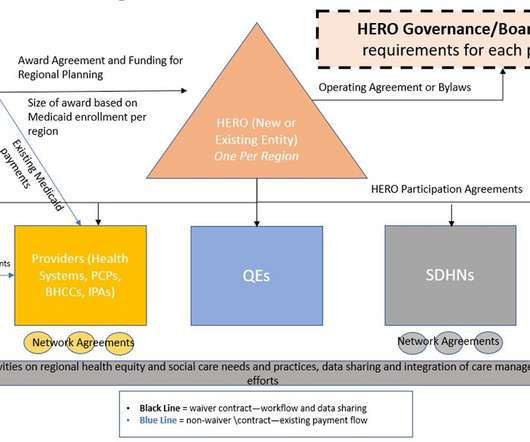Micky Tripathi’s glass-half-full view of EHR interoperability – Harlow on Healthcare
Health Blawg
AUGUST 20, 2018
Following the announcement of implementation of the Carequality-CommonWell interoperability collaboration, I was fortunate enough to catch up with Micky Tripathi ( @mickytripathi1 ) to discuss this development and put it in context. Micky is bullish on interoperability, both over the near term (the next 12-18 months) and the long term.


















Let's personalize your content